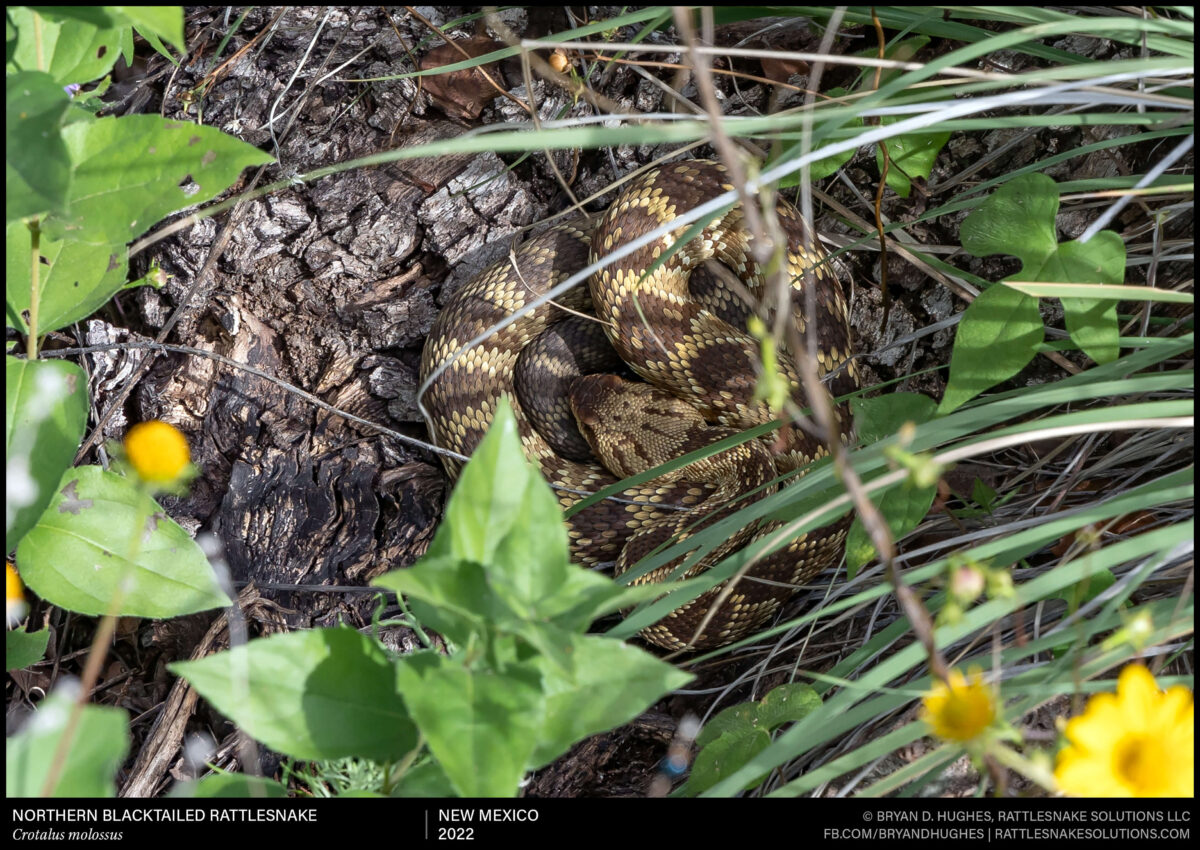There are at least five Arizona Black Rattlesnakes in this photo. It’s a winter den site, where multiple generations live together through the cool part of the year.

There are at least five Arizona Black Rattlesnakes in this photo. It’s a winter den site, where multiple generations live together through the cool part of the year.

A Western Diamondback Rattlesnake letting me know that it’s not a smart idea to come closer. This defensive behavior is often mischaracterized as aggression. While there are some cognitive gymnastics that could be done to force word choice, the misinterpretation of what these snakes are doing when in a pose like this often leads to the injury of both the animal and the person. Once a rattlesnake is seen, the danger is over unless the person chooses go approach it, ignoring these very clear signs.

A young Grand Canyon Rattlesnake found in the rocks alongside the Colorado River. This young male’s will fade considerably as it ages, but will likely not become the nearly unicolor look of mature females.

A very impressive animal – an adult Yellow-tailed Cribo found near camp in Peru.

A Blacktailed Rattlesnake resting on a log at the base of a massive rock outcrop in the New Mexico bootheel. This was found late in the season, and the snake likely spends the winter in a crevice up above alongside several others.

Western Diamondback Rattlesnakes are the most common rattlesnake in the Phoenix and Tucson areas, and likely the most encountered snake overall. This isn’t necessarily due to abundance alone – they’re large, noticeable, and can be noisy. This one, however, thought it wasn’t seen, and remained in this coil in wash sand until after I left.

A Lowland Striped Blindsnake from Guatemala. It’s a tiny, entirely harmless invertebrate specialist that doesn’t spend much time on the surface, so we were lucky to see one. Compared to the unicolor blindsnakes (Rena sp.) from the U.S., this one having some pattern and a bright yellow tail spine was very interesting. The thing they have in common with them though: they’re about impossible to photograph, and they smell like hell.

Crossing a metal bridge on a trail through the Costa Rican rainforest, we were stopped by the sight of a Blunt-headed Tree Snake in the latter stages of eating a small lizard. The lizard was still trying to escape, but the snake was not going to lose this one. These tree snakes, with their huge eyes and comically thin bodies, seem kind of goofy, so it was cool to see one doing what they do, and know that for as silly as they seem to be, to a sleeping anole it is a pretty terrifying animal.


A Fer De Lance found resting in the center of the trail a short distance from camp in the Peruvian Amazon earlier in the year. The color and chaotic pattern of this snake would make it easy to miss, which could be a fatal mistake in the remote location we were at.

A small viper from the relatively dry tropical forests of Pacific coastal Costa Rica. This Slender Hognosed Pit Viper was found crossing a path late at night. They are common in the area, and in good conditions, dozens can be seen in a single night.
